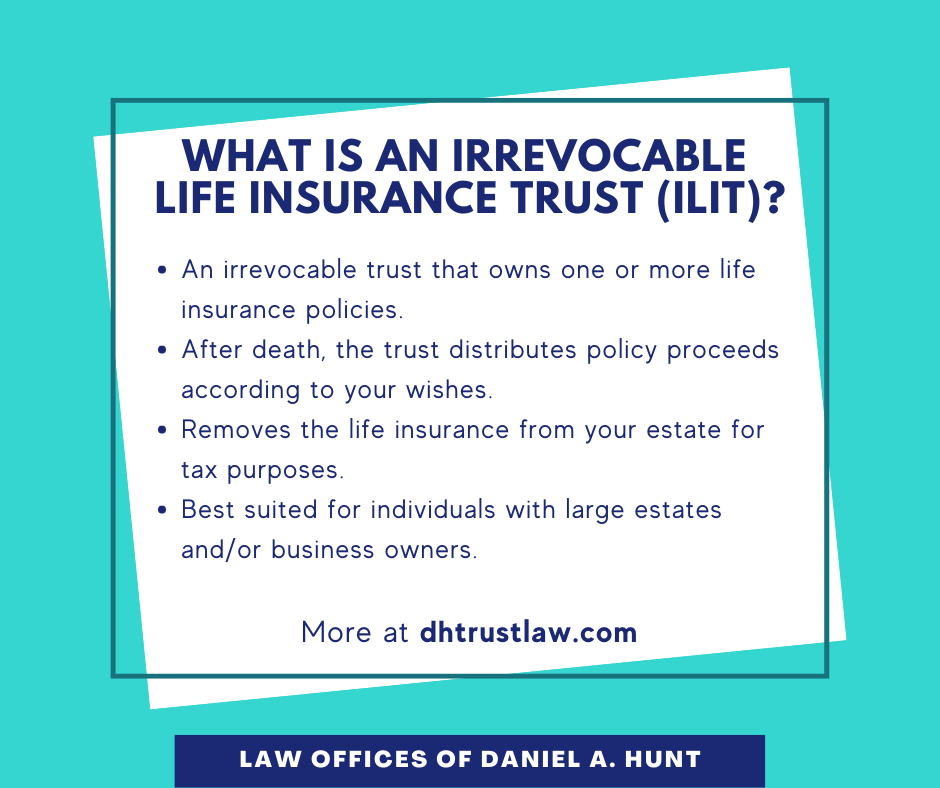What Does Pacific Prime Do?
What Does Pacific Prime Do?
Blog Article
Pacific Prime - The Facts
Table of ContentsThe Ultimate Guide To Pacific PrimeThe Best Strategy To Use For Pacific Prime10 Simple Techniques For Pacific PrimeLittle Known Questions About Pacific Prime.
In the majority of states, the insurance company is called for to send you a duplicate of the adjustments to your plan. It is very important that you review Endorsements or Bikers so you recognize exactly how your policy has altered and if the plan is still sufficient to satisfy your needs. To get a copy of your insurance coverage policy, please call your insurance coverage representative or firm.
The Institute of Medication (IOM) Board on the Effects of Uninsurance launches an extensive evaluation of evidence that addresses the importance of health and wellness insurance policy coverage with the magazine of this record. Coverage Issues is the first in a series of 6 reports that will be released over the next 2 years documenting the reality and effects of having an approximated 40 million individuals in the United States without health insurance policy protection.

Some Of Pacific Prime
The goal of this collection of research studies is to redouble plan focus on a longstanding issue. Following the longest financial expansion in American history, in 1999, an approximated one out of every six Americans32 million grownups under the age of 65 and greater than 10 million childrenremains uninsured (Mills, 2000).

10 percent of the population accounts for 70 percent of healthcare expenses, a connection that has actually remained continuous over the past three decades (Berk and Monheit, 2001) - expat insurance. Hence medical insurance remains to serve the feature of spreading out threat even as it significantly funds routine care. From the point of view of health and wellness care service providers, insurance carried by their individuals aids protect an earnings stream, and communities profit from economically viable and secure healthcare experts and organizations
Government provides health and wellness insurance to populations whom the private market might not serve effectively, such as disabled and senior citizens, and populations whose access to healthcare is socially valued, such as youngsters and pregnant females. The ultimate ends of health insurance protection for the private and communities, including office neighborhoods of workers and companies, are boosted health end results and top quality of life.
A Biased View of Pacific Prime
Employees rank medical insurance initially without a doubt in value amongst all the advantages offered in the workplace (Salisbury, 2001). There have been large financial investments of individual and public funds to offer health and wellness insurance policy, several individuals still have no insurance coverage. Regardless of considerable coverage of study searchings for and health care research study results, the public remains confused and misinformed regarding Americans without health insurance policy and the effects of doing not have link protection.

Without concern, the intricacy of American healthcare funding devices and the wide range of resources of info include to the general public's confusion and uncertainty about health insurance policy stats and their interpretation. This report and those that will certainly comply with objective to boil down and present in readily easy to understand terms the considerable study that bears upon inquiries of medical insurance protection and its relevance.
Fifty-seven percent of Americans questioned in 1999 believed that those without medical insurance are "able to obtain the treatment they require from medical professionals and healthcare facilities" (Blendon et al., 1999, p. 207). In 1993, when national interest was concentrated on the problems of the uninsured and on pending health care regulation, just 43 percent of those questioned held this idea (Blendon et al., 1999).

They also obtain less preventive solutions and are less likely to have regular look after chronic problems such as hypertension and diabetic issues. Persistent diseases can lead to costly and disabling problems if they are not well handled (Lurie et al., 1984; Lurie et al., 1986; Ayanian et al., 2000). One national study asked even more than 3,400 grownups about 15 very severe or dark problems.
The Buzz on Pacific Prime
Extra evidence is presented later in this chapter in the conversation of insurance and accessibility to health and wellness care. https://businesslistingplus.com/profile/pacificpr1me/. Individuals without health insurance policy are young and healthy and balanced and pick to go without insurance coverage. Nearly half (43 percent) of those checked in 2000 believed that people without wellness insurance are most likely to have health issue than people with insurance coverage
Voters and plan makers in emphasis team conversations identify those without insurance as youths that have the opportunity to be covered and feel they do not need it (Concierge Novelli, 2001). Contrasted to those with at the very least some private protection, the without insurance are less most likely to report being in outstanding or excellent health and wellness (Agency for Healthcare Study and Quality, 2001).
SOURCE: Facility for Cost and Funding Studies, Company for Healthcare Research and High quality, based upon MEPS data. Youthful adults between 19 and 34 are even more most likely to do not have wellness insurance coverage than any type of various other age group. This is chiefly since they are much less usually eligible for employment-based insurance due to the nature of their work or their brief period in it.
The assumption that people without insurance coverage have better-than-average health and wellness complies with from confusing the relatively young age account of the uninsured with the better health and wellness, generally, of more youthful persons. This obscures the link between wellness status and wellness insurance. For those without accessibility to office health and wellness insurance policy, bad wellness is a possible barrier to purchasing nongroup insurance coverage since such protection may be highly valued, omit pre-existing conditions, or be just not available.
Report this page